After my grueling, but extraordinarily rewarding, trek on Mount Mulanje, I headed west to Majete Wildlife Reserve:
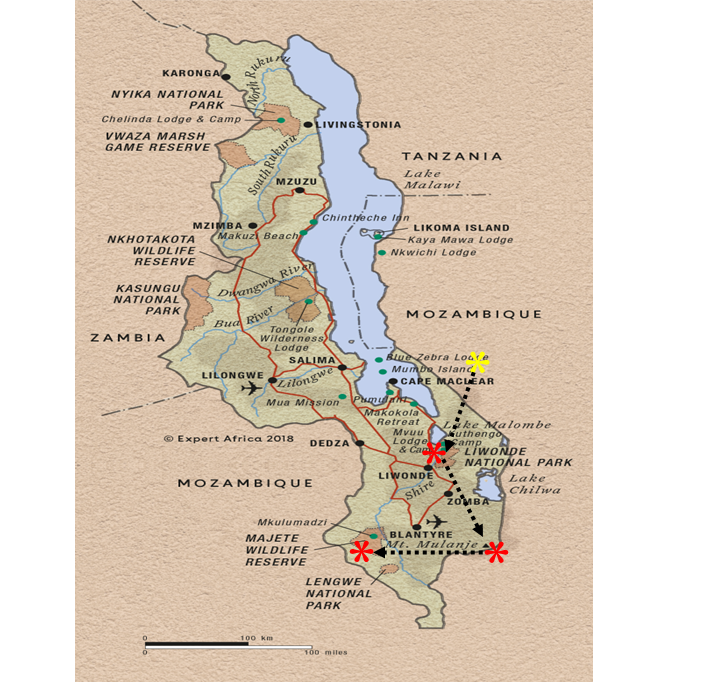
The reserve, established in 1955 and covering 270 square miles, was African Parks’ (the nonprofit organization managing many Parks throughout Africa) first mandate, signed with the government of Malawi in 2003. Prior to this, Majete was an unknown reserve where almost all its wildlife had been hunted out – only a few antelope remained. Just 12 scouts were employed, and not one tourist had visited the park in three years. African Parks immediately began creating the necessary infrastructure and establishing a collaborative relationship with local communities. In 2003, they reintroduced black rhino, followed by elephant in 2006, lion in 2012, giraffe in 2018, cheetah in 2019, and wild dogs in 2021. The Majete law enforcement team maintains the remarkable track record of not having lost a single rhino or elephant to poaching since their respective reintroductions. Thanks to these introductions, along with effective park protection measures, wildlife numbers increased significantly and by 2016, Majete was able to supply wildlife to other parks in Malawi.
I am told that Majete now provides hundreds of jobs and supports thousands of community members with education, health and socio-economic opportunities. Apparently, the communities around Majete number more than 140,000 people who, before 2003, received almost no benefit from the reserve, except the occasional poacher’s meat. Today, however, Majete’s community engagement programs have apparently reduced the incidence of malaria, helped thousands of children attend school, and supported critical enterprise development, cementing the value of the reserve within the community. Like Liwonde National Park, Majete offers some hope for the future of African wildlife. I was very impressed with the state of the Reserve. The major roads were in great shape and the facilities, such as the campground and the observation hides, were in excellent condition.
Like Liwonde National Park, Majete straddles the Shire River, Malawi’s largest river and the only river outlet of Lake Malawi, which drains into the mighty Zambezi River. The landscape is primarily woodlands and some riparian vegetation along the Shire River. Here, the Shire is a fast-moving series of rapids with lots of in-channel boulders and islands, and virtually no floodplain to speak of – quite a contrast from Liwonde where everything centered around the extensive floodplain, as shown here:
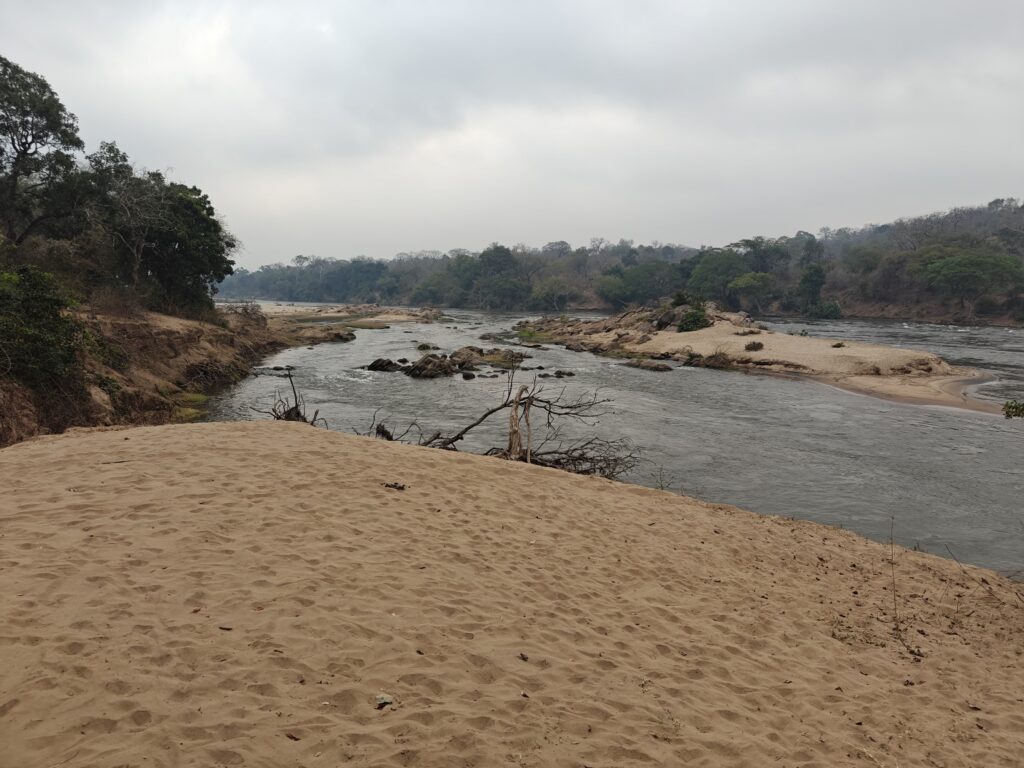
In Majete, it is all upland, hilly woodland bisected by lots of seasonal riverbeds – all dry during my visit, as shown in these photos:


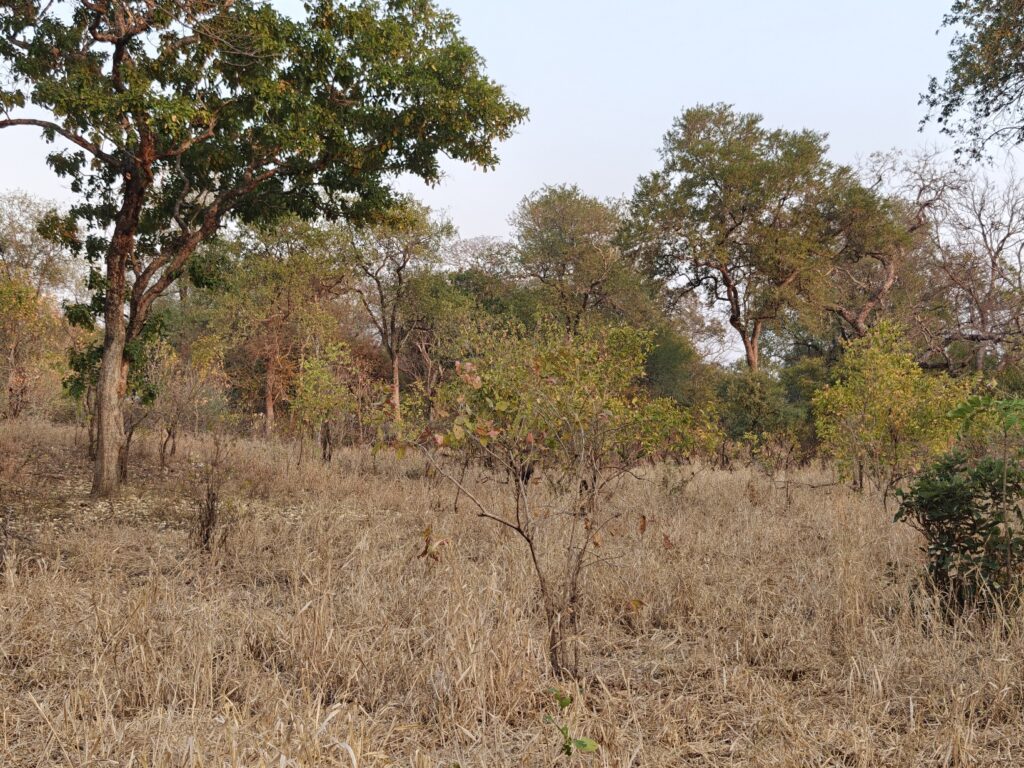
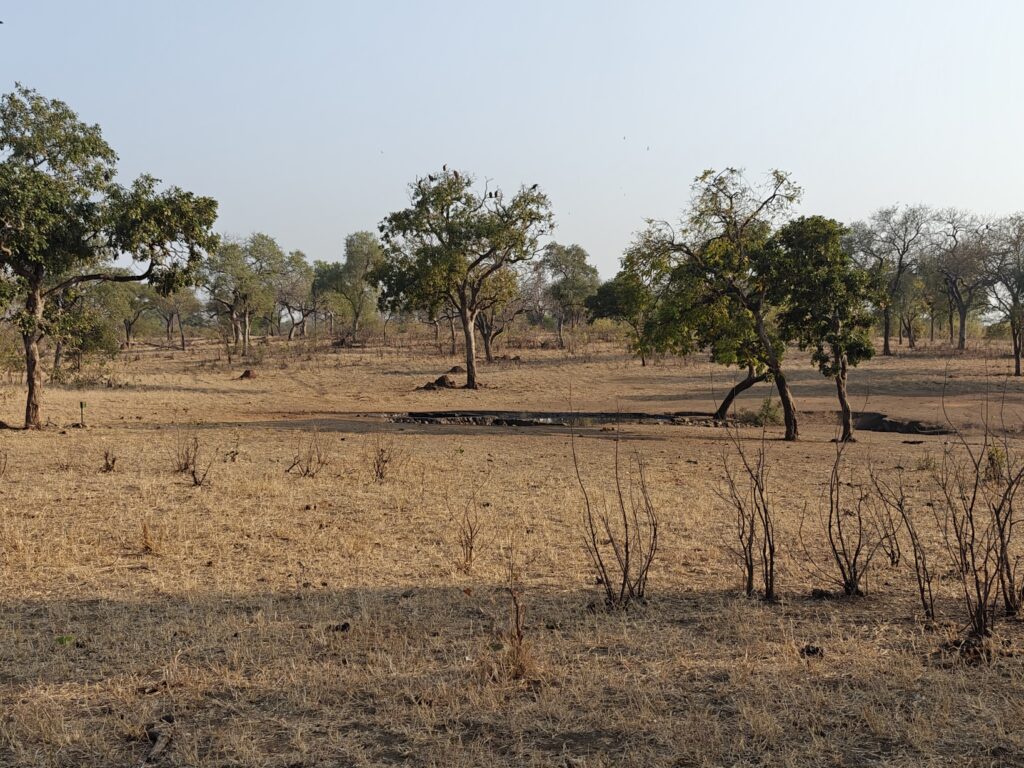
Because it was mostly woodland, it was rathger difficult to see lots of wildlife driving around, but I could sit at one of the waterholes, a couple of which have observation hides on platforms – and let the wildlife come to me. Indeed, Majete is mostly a Park of woodlands and waterholes. I spent about half of my time simply sitting at the waterholes:
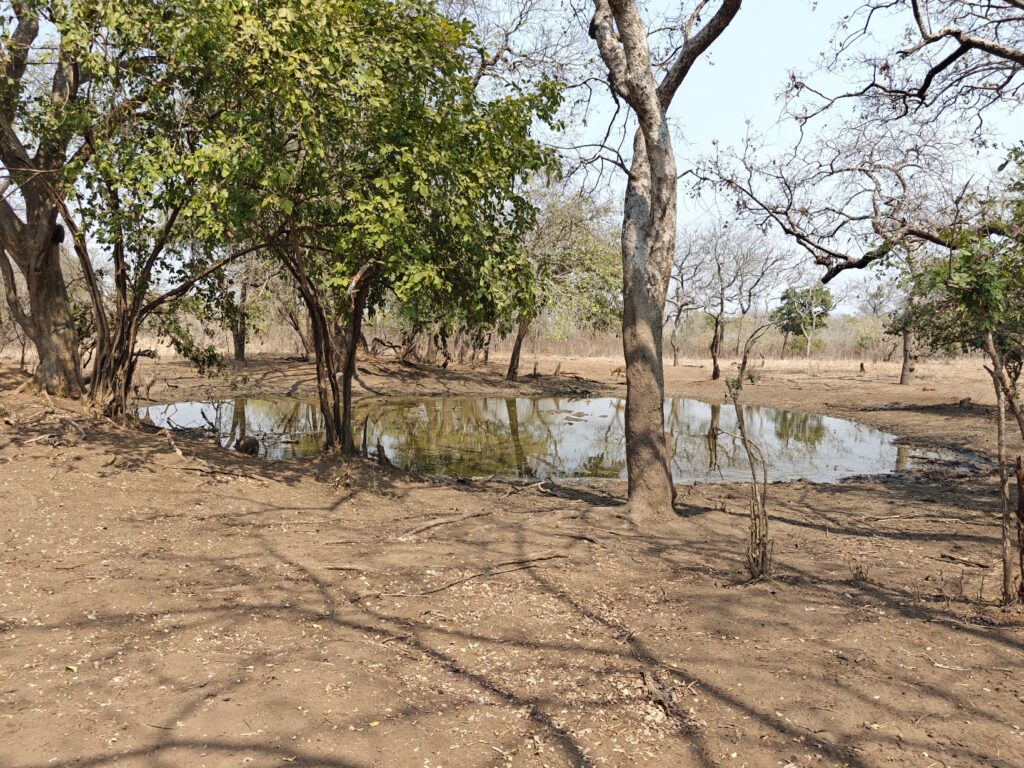
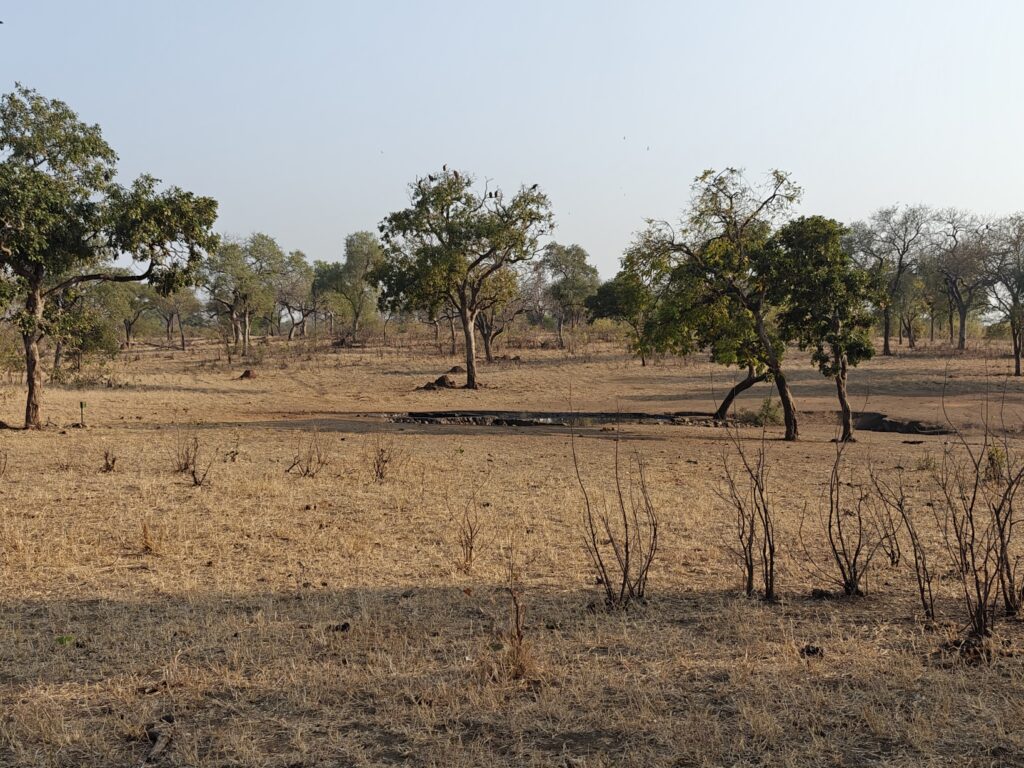
I ended up seeing quite a bit of wildlife, mostly at the waterholes. Some of my observations where from one of the waterholes with an elevated hide, and at times I had to share the hide with a number of other visitors (as you will hear if you watch the video below), while others where from a waterhole without a hide that I had all to myself. In fact, I took a drive into the interior of the Reserve to one of the waterholes, where I sat for 2-3 hours and filmed a variety of wildlife (see the video if your interested), and I saw no other people the entire morning, including the drive to and from. Apparently, just about everyone goes to the two waterholes with hides, and that is where the safari guides take their clients. SO, going to the interior was awesome. Not only did I see lots of wildlife at the waterhole, as seen in the video below, but on my return drive I ran into a pride of lions and spent some intimate time with a young male – see the video for the experience. Here are a few wildlife shots to wet the appetite:
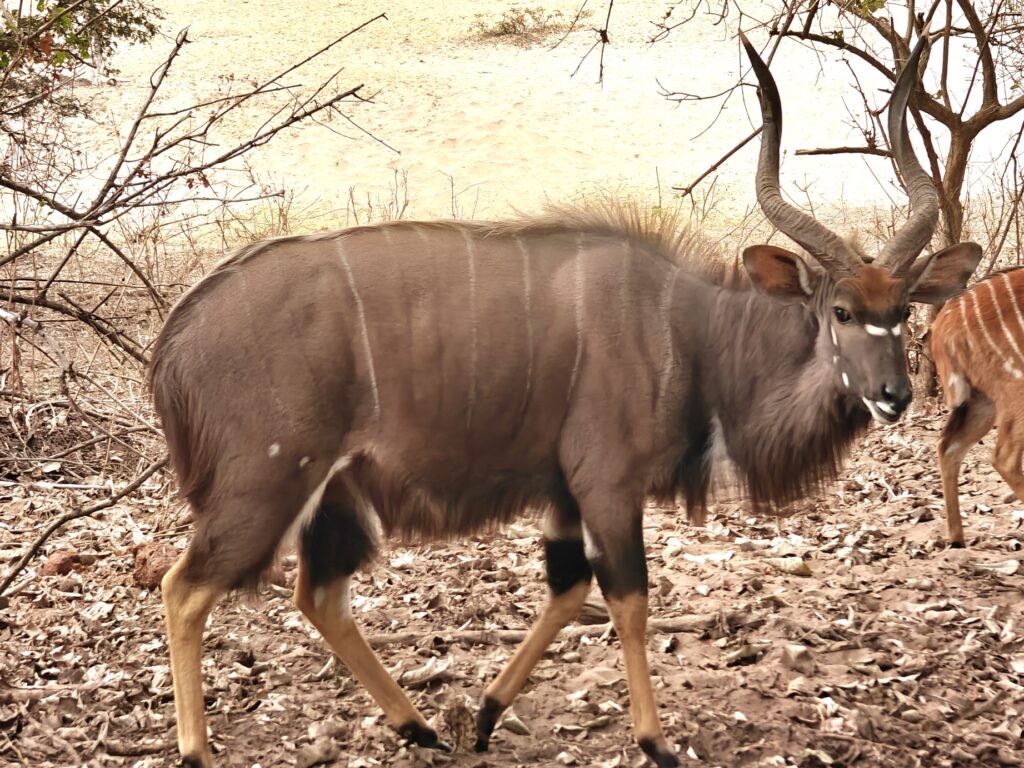
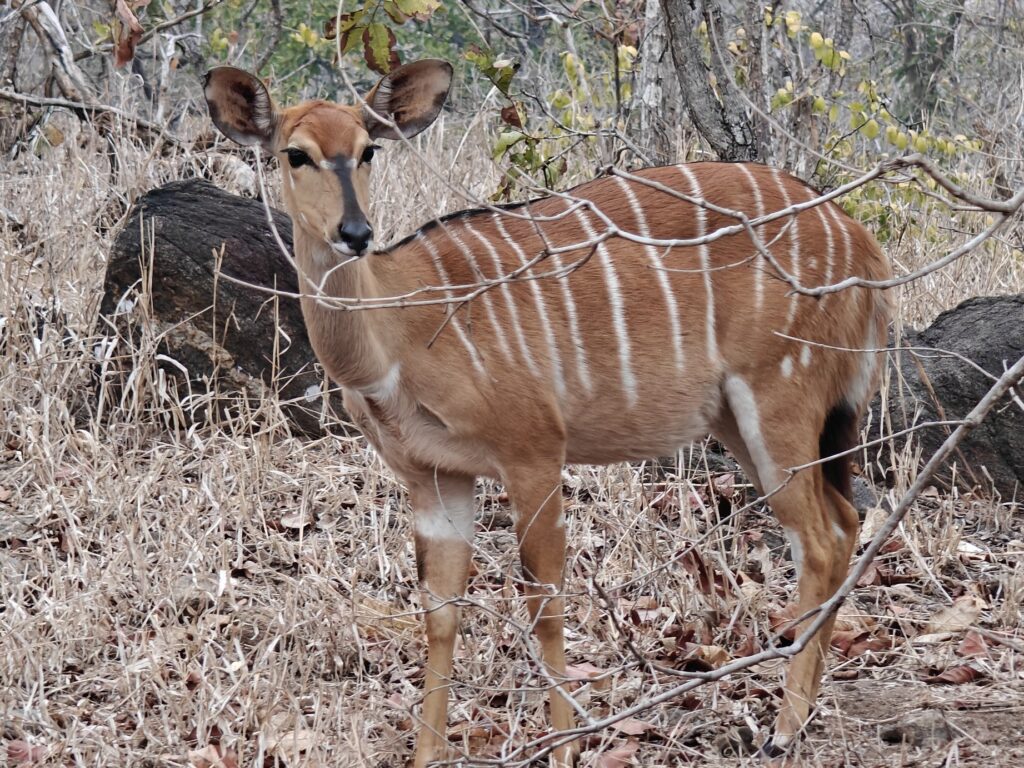
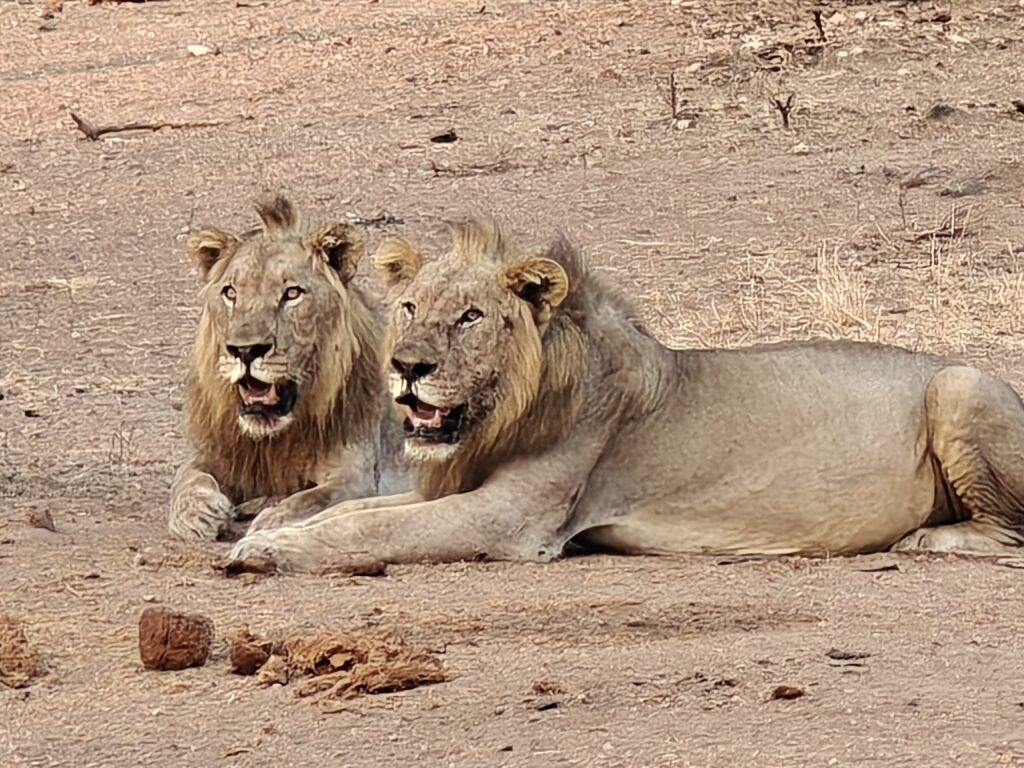
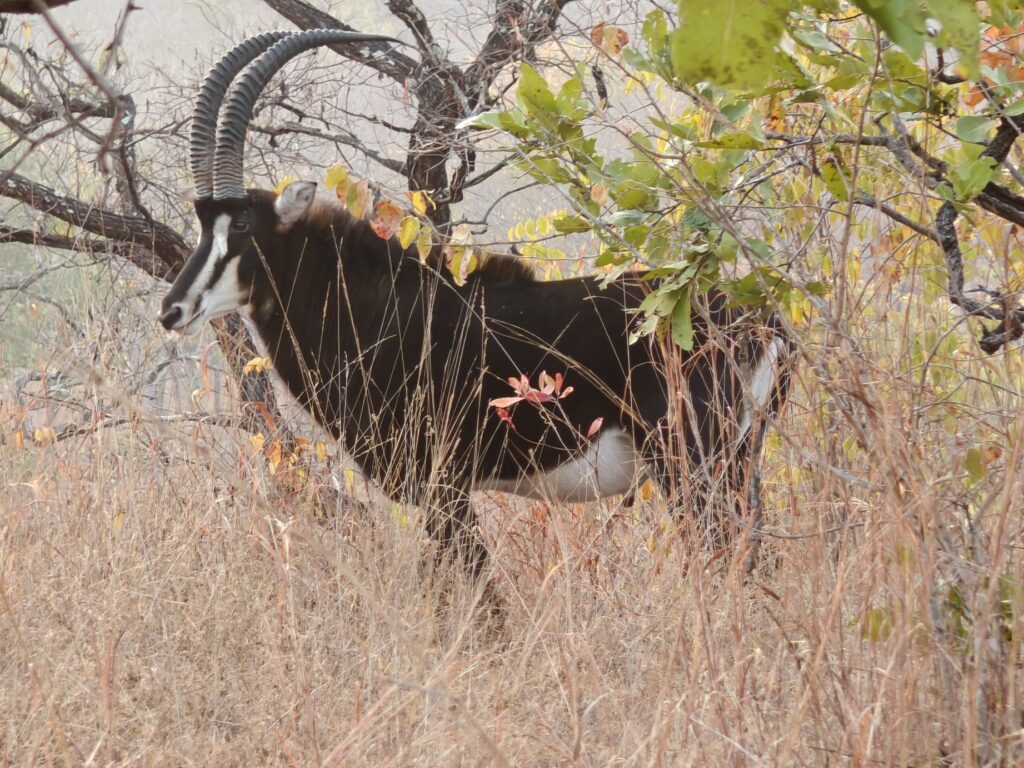
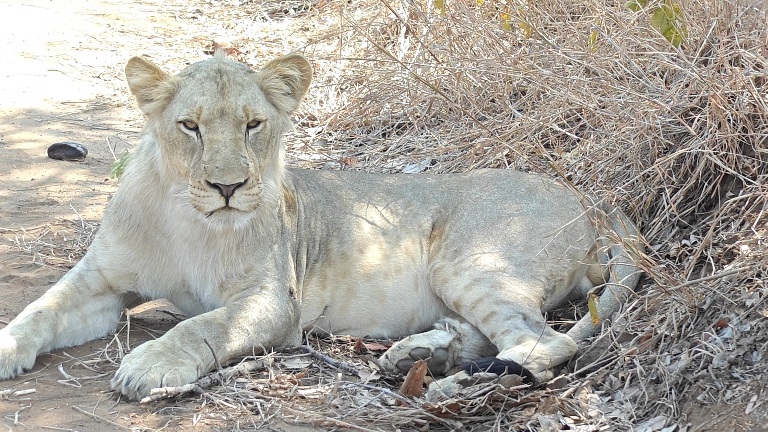
I camped at the Game Capture Community Campsite in Majete. The first night I share the campground with two other parties; the second night with just another couple, and on the third night the South Africans arrived. In case you don’t remember from last year, South Africans – white ones that is – do love to camp, but they almost always travel in big conveys with lots of people and set up huge elaborate camps, often times with big lights and the works. They sometimes send advance parties to secure the site(s) and get the compound started, as was the case on my third night. Fortunately, the bulk of the convey arrived after I left so it was bearable. It’s actually quite annoying for someone like me that cherrishes the serenity of nature.
The campsite was actually pretty nice. I had a corner and shade trees, and there was a fully-equipped indoor kitchen, covered dinning area, and, most importantly, hot showers with great water pressure! I took advantage of the kitchen to cook a big pot of curried pasta with potatoes, onions, green beens, peas, carrots and tomatoes, and some of the homemade cheese that Nancy and I bought at Mambo ViewPoint in Tanzania – declicous! I will be eating it for 4 days I suspect. Here’s the campsite:
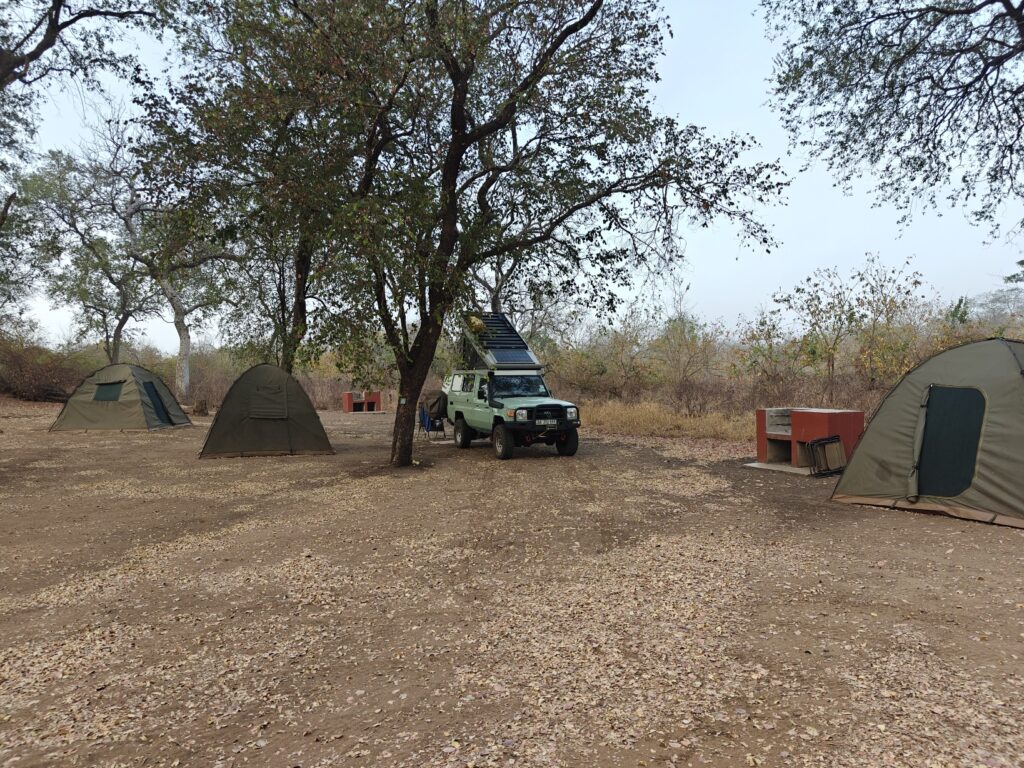
On my second night I heard a male lion roaring just outside the campground during the early morning hours, and I subsequently learned and saw that he had killed a waterbuck at the waterhold right next to the campground. I only saw the remnant carcass after he and the scavengers (including side-stripped jackals, spotted hyena, vultures, and even the warthogs) had their turn at it. See the video for the gorey detail.
Here’s my composite video. Sorry, but it’s rather long since I had lots of wildlife observations, so it’s only for the most dedicated followers. There’s extensive footage of lions from two different observations, one shared with a crowd of other visitors and one private viewing. There’s also footage of Nyala, zebra, elephant, buffalo, eland, ground hornbills, and even some warthog thrown in for good measure:
Majete Wildlife Reserve composite (37 minutes)
Ok, I’m off to my last stop in Malawi, the Mwabvi Wildlife Reserve, where I am told nobody visits, so it should be interesting.
New Species:
- Eastern (yellow-spotted) nicator
- Village indigobird

Great video Kevin! We really enjoyed it. Always good to hear the benefits these parks do for the communities and wildlife. Those lion brothers look like twins
Awesome stuff Kevin. So encouraging that the Majete reserve has been restored so nicely. Admire your cooking skill and plans for multi-day leftovers!! Gorgeous Sable antelope.